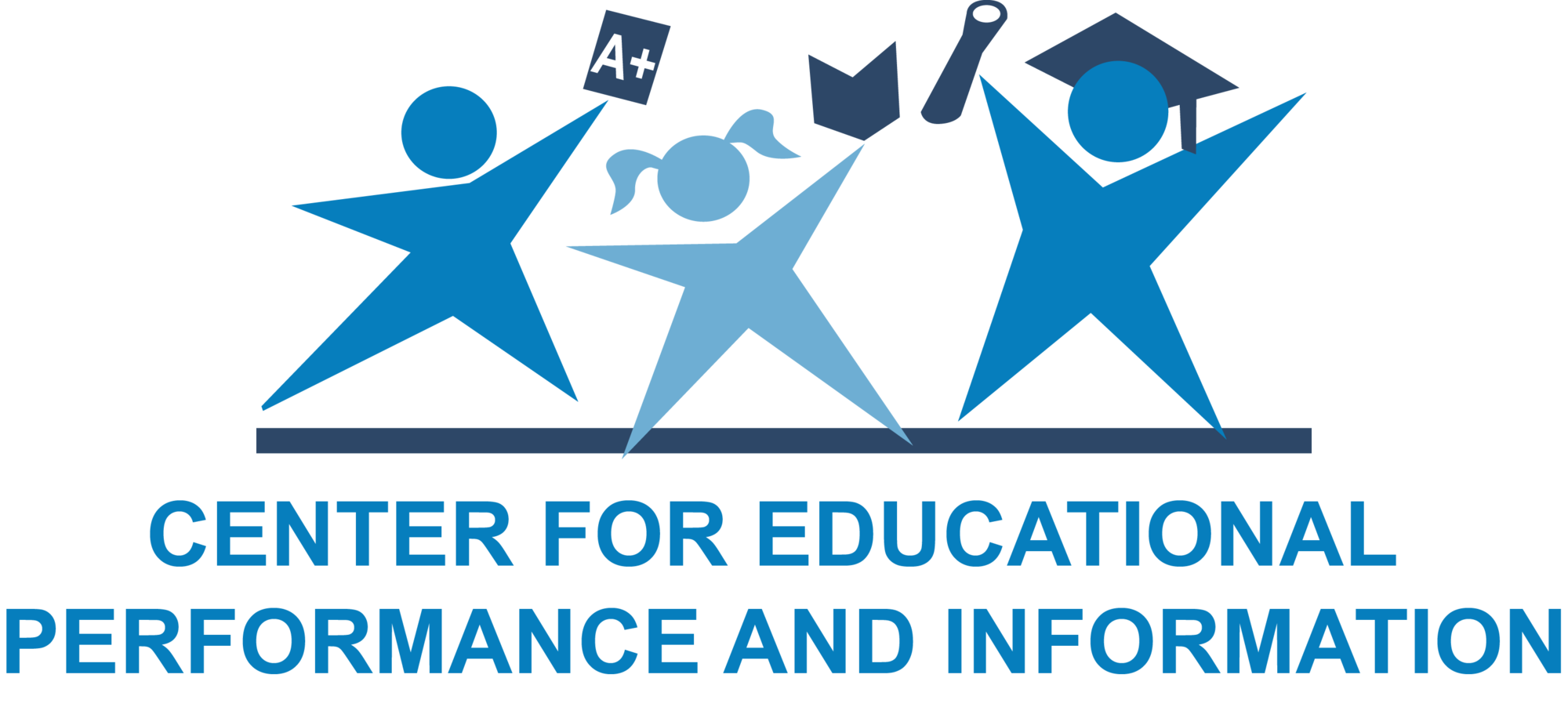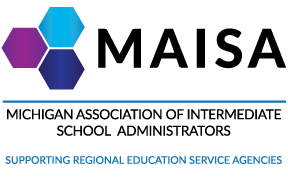September 30, 2021 MICIP Continuous Communication
Michigan Department of Education sent this bulletin at 09/30/2021 03:05 PM EDT |
|
Having trouble viewing this email? View it as a Web page. |
In this issue of MICIP Continuous Communication
In this jam-packed issue of MICIP Continuous Communication, learn about the Monitoring and Adjusting processes, training and tools your plan, new data set template, how MICIP users are supporting implementation in their districts in Voices from the Field, and more!
 Monitor and Adjust Training for Districts
Monitor and Adjust Training for Districts
Identical MICIP Monitor and Adjust trainings for district and school personnel will take place as follows:
- Wednesday, October 20, 11:00 am – noon https://us06web.zoom.us/j/81595595647?pwd=cFRVRjhvMFdkN0pRUGpLaWhSQ1gvQT09 Meeting ID: 815 9559 5647; Passcode: c106nM
- Friday, October 22, 1:00 – 2:00 pm https://us06web.zoom.us/j/81927255130?pwd=ZjJLUDVnek9mWERvbXVrMDRUbTFydz09 Meeting ID: 819 2725 5130; Passcode: xSi3V8
The training will be recorded for those not able to attend or who wish to review it an additional time.
 So I’m New to MICIP…Where Do I Start?
So I’m New to MICIP…Where Do I Start?
If you are new to MICIP, the good news is, you are not alone. There are many others just like you who are also beginning their MICIP journey.
You are also not alone in that there are many supports available to you. You might consider the following:
- Contact your county ISD/ESA continuous improvement consultant and/or your MDE regional consultant.
- Visit the MICIP website – michigan.gov/mde-micip. The website contains many resources.
-
If you are new, you might consider starting with the following:
- MICIP Collaboration Series Resources - a four-part series that walks participants through the MICIP process and platform
- MICIP Professional Learning Bites - one-page descriptions of the various MICIP processes/components
- MICIP Toolkits under MDE Resources, Guides, and Tools
- MICIP Newsletter – this bi-weekly newsletter is where you will find the most up-to-date information regarding MICIP. You can sign up for the MICIP Newsletter
- Sign up to attend the October 19 MDE Virtual Continuous Improvement Conference that will feature five sessions related to MICIP, including MICIP 101 and MICIP: the Latest and Greatest.
- Once you have a good sense of MICIP, you might want to start digging into the MICIP Process Guide that helps you understand the thinking behind the various MICIP processes and the platform.
- Training site – the MICIP training site allows you to mimic working in the actual platform. For more information about the training site or for other MICIP-related questions, contact Terry Nugent, MICIP Lead, at nugentt@michigan.gov or Ben Boerkoel, MICIP Professional Learning Lead, at boerkoelb@michigan.gov.
 New Data Set Template is Available
New Data Set Template is Available
A data set template is a pre-built group of data single data reports used to conduct a data analysis.
A district could use a data set template to help start their data story.
Thank you to the Ed Tech Team at MDE for the new template listed below.
New Templates:
-
Systems
-
Technology – Infrastructure & Connectivity
- An assessment of off-campus connectivity from local, regional, and state perspectives. (Community Connectivity)
-
Technology – Infrastructure & Connectivity
A catalog of data set templates will be available in MICIP website under resources. This catalog will be updated when new templates are added. If you are interested in submitting data set templates, please click on this link to obtain submission information.
 New Features
New Features
MiStrategyBank has completed some system updates for the start of the new school year. Users will notice a new Integrations menu is now available.

The Integrations section replaces the "By Location" tab and will help districts identify the strategies that can be viewed in the systems connected to MiStrategyBank, like MiRead and MICIP.

MiStrategyBank admin users will now find the user management tools by clicking on their user name in the top right corner of the screen. Selecting Users will take you to the user management tools where you can add new users and change user access.
MiStategyBank users can continue to use the "Supported" tab to select strategies supported by the district. Support might include things like professional learning opportunities, coaching, etc. If you add a strategy to your supported list, your district name will be displayed in the strategy entry in the supported field. Supported strategies are reset each calendar year.
MAISA provides resources for using MiStrategyBank at https://www.gomaisa.org/projects/mistrategybank/ .
 MICIP User Group Conversations
MICIP User Group Conversations
The first MICIP user group conversation will take place on Monday, November 1 from 1:00 to 2:00 pm. The purpose of the group is for MICIP users to learn from and support each other. No matter what your role in or expertise with MICIP, you are welcome to attend. The conversation may consider questions such as:
- How did using MICIP impact your continuous improvement process this year?
- What challenges or questions did you have? How have others addressed these challenges?
- How can we help districts and schools live into the MICIP mindset and process?
- What additional resources would you find helpful?
The conversation will also include soliciting topics and facilitators for future conversations, as well as their structure and frequency. Your attendance at this first conversation does not commit you to any future participation, and you are not required to attend every conversation. If you are not able to attend this first opportunity but would like to attend in the future, please contact Ben Boerkoel (boerkoelb@michigan.gov) to let us know of your interest. Dates and times for future conversations will be announced through the Continuous Communication. Connection information for November 1 is https://us06web.zoom.us/j/82420860551?pwd=eVVWZ0VNSEdkc3F0Qk9sZnlOY2xadz09, Meeting ID: 824 2086 0551, Passcode: JTwu62
 Monitoring the Continuous Improvement Plan—Other Considerations
Monitoring the Continuous Improvement Plan—Other Considerations
In addition to the information shared in the September 16 Continuous Communication, there are a few other considerations when monitoring.
- As mentioned in the previous issue, monitoring is not just its own component of the continuous improvement cycle; it is also related to the other components. The team cannot think about monitoring for the first time when it’s time to monitor. It must consider the monitoring elements of fidelity, scale/reach, capacity, and impact when engaging in the Assess Needs, Plan, and Implement processes as well.
-
Monitoring can inform movement between the various stages of implementation.
- From installation to initial implementation
- From initial implementation to full implementation.
- Moving back to a previous stage
- How the scale of implementation will take place, whether across the entire district at the same time or by smaller chunks, including certain schools, grade levels/departments, or other units.
- Monitoring might look different depending on the kind of goal, whether primarily academic, non-academic, or systems, even though districts are encouraged to create goals that incorporate the various kinds.
- It is critical that districts and schools monitor the effectiveness of its systems as part of implementation. Implementation is frequently impacted by the presence or lack of strong systems to support it. This requires returning to the district systems framework and the tool(s) aligned to it and asking whether the necessary systems components are in place as well as how their effectiveness might be impacting implementation and impact.
- Even though monitoring typically takes place at the goal, strategy, or activity level, it is also important periodically to monitor the entire continuous improvement process and ask the same questions about implementation and impact.
- As part of the monitoring process, it is important to consider what needs to be communicated regarding the results of the monitoring process, including to whom, when and how. That doesn’t mean we need to communicate about the entire plan or to the entire spectrum of stakeholders every time monitoring takes place. That communication might only involve a small group of stakeholders regarding a limited part of the plan. At the same time, it is important to consider what communication may need to take place with each monitoring cycle.
Monitoring Tools
Using tools can be helpful for gathering the evidence needed to answer the MICIP monitoring questions and eventually make decisions about adjustments.
It is also important that, whatever tools are used, practitioners are fully trained so the tools can be used in a consistent manner.
-
Monitoring fidelity - Monitoring of fidelity should be guided by a strategy implementation guide.
- A strategy implementation guide identifies the critical components of strategy implementation and what implementation looks and sounds like.
- If a strategy implementation guide does not exist as part of strategy design, one of the first tasks during installation should be the development of a guide using these directions for creating a strategy implementation guide and a fidelity monitoring tool aligned to it.
- This guide and tool will be helpful in self-monitoring, monitoring as part of a small professional learning community, and/or monitoring across the entire plan by the building improvement team.
-
Monitoring activity completion – Monitoring includes that of activity completion.
- Whether or not activities are completed can significantly impact whether a strategy is successful.
- Using a Monitoring of Activity Implementation tool can be helpful in collecting this evidence.
-
Monitoring impact – The type of tool used to monitor impact will depend on the nature of the end and interim targets.
- If your interim targets are about partial achievement of your end target, e.g., your end target is an achievement goal while your interim target is partway to that goal, it is important that your monitoring tools are aligned, though not necessarily identical.
- If your interim target is more about the completion of a task, you might use something as simple as a checklist.
- What is important is that before you begin monitoring you identify your definition of impact and the tools and process to measure it.
Since the ability to upload evidence will not be going live in MICIP until January, it is important that districts and schools collect monitoring data and save it in a location of their choice so it can be entered into the platform once that opportunity is available.
 MDE Fall 2021 Virtual Continuous Improvement Conference
MDE Fall 2021 Virtual Continuous Improvement Conference
The MDE Fall 2021 Virtual Continuous Improvement Conference “Equity and Stakeholder Voice: Making Education More Engaging and Relevant for Students, Families, and Educators” is right around the corner on Tuesday, October 19. Attendees will have an opportunity to hear the following:
- Opening remarks from State Superintendent Dr. Michael F. Rice
- Keynote address from Dr. Jal Mehta, Professor of Education at the Harvard Graduate School of Education, speaking on “Humane and Equitable Continuous Improvement: Why Tools Should Serve Humans and Not Vice Versa”
- Twenty-four Breakout Sessions on the conference theme
- Featured speaker Seena Skelton, Director of Operations for Region III Midwest and Plains Equity Assistance Center, speaking on "Equity and Continuous Improvement: Using Quantitative and Qualitative Data in an Equity-Centered Continuous Improvement Process"
Conference information and a registration link are available at MDE Fall 2021 Virtual Continuous Improvement Conference | Michigan Association of Superintendents & Administrators (gomasa.org).
 Voices from the Field
Voices from the Field
In September, we asked "Now that you have your plan, how are you working with your team to implement it?"
Here are a of few responses we received:
"At the district level, our team meets monthly, as do building teams at the building level. Other stakeholders join us at least three times a year in November, February, and April to review progress toward our goals."
"[We are] building the capacity of our school principals and providing the scaffolding necessary for them to take the relevant next step back to their teachers and leaders."
Our next survey question is: "What has been your most successful monitoring strategy/tool?" Follow the link to share your MICIP success!
MiMTSS Newsletter
The Michigan Multi-Tiered System of Supports (MiMTSS) September/October eNewsletter is now available. Each edition keeps you up to date about the Michigan Department of Education's (MDE) efforts to support effective implementation of a Multi-Tiered System of Supports (MTSS). Please share this newsletter and subscribe at MDE Email Lists to keep informed of all the latest MiMTSS information.
For this and other MTSS information, visit the MDE MTSS website.
 Reminder about Building Agreement Numbers
Reminder about Building Agreement Numbers
This function to add agreement numbers to Districts must add an EEM (Educational Entity Master) Agreement Number to each building in their district. This is necessary to correctly link building-tagged strategies and/or activities in the MICIP Portfolio to the district's consolidated application within the new NexSys system.
 Performance Assessment Cadre of Experts Development Opportunity
Performance Assessment Cadre of Experts Development Opportunity
Join the Office of Educational Assessment and Accountability as we work with the Michigan Assessment Consortium to develop performance assessments aligned to Michigan’s academic standards and model competencies in mathematics and English language arts (ELA) in grades 3-8.
Preferred candidates for the Performance Assessment Cadre of Experts:
- experience teaching in mathematics or ELA, in grades 3-5 or 6-8
- have experience with/understanding of Michigan academic standards
- work in either general or special education; educators with experience outside of general education or who work with students with disabilities are enthusiastically encouraged to apply
You will have opportunities to:
- learn about the Michigan model competencies for mathematics and ELA
- develop performance assessments and rubrics
- collaborate with colleagues from other districts
- practice using a rubric and calibrating the scoring of performance assessments
- participate in a research agenda focused on measuring student competencies through performance assessments
- (pending) earn up to 50 SCECH credits. Stipends will also be available based on time and completed products.
Participants are expected to attend and contribute to approximately 50 hours of job-embedded facilitated professional learning and assessment development over the 2021-22 academic year.
Virtual sessions will last approximately 2 hours every 2-3 weeks beginning October 28.
If you are interested in participating, submit your resume in an email to mde-oeaa@michigan.gov, using the subject line “Performance Assessment Cadre of Experts”.
Please Share Continuous Communication
Please feel free to forward Continuous Communication to anyone you feel would like to receive information and updates about MICIP. To subscribe or unsubscribe, please click on this link.
Previous issues of MICIP Continuous Communication are available on the MICIP web page.
Feedback is Essential for Continuous Communication!
Have a question, an idea, a suggestion, or a compliment? The MICIP team is always eager to hear your feedback! Send us an email using the MICIP email address (mde-micip@michigan.gov).



